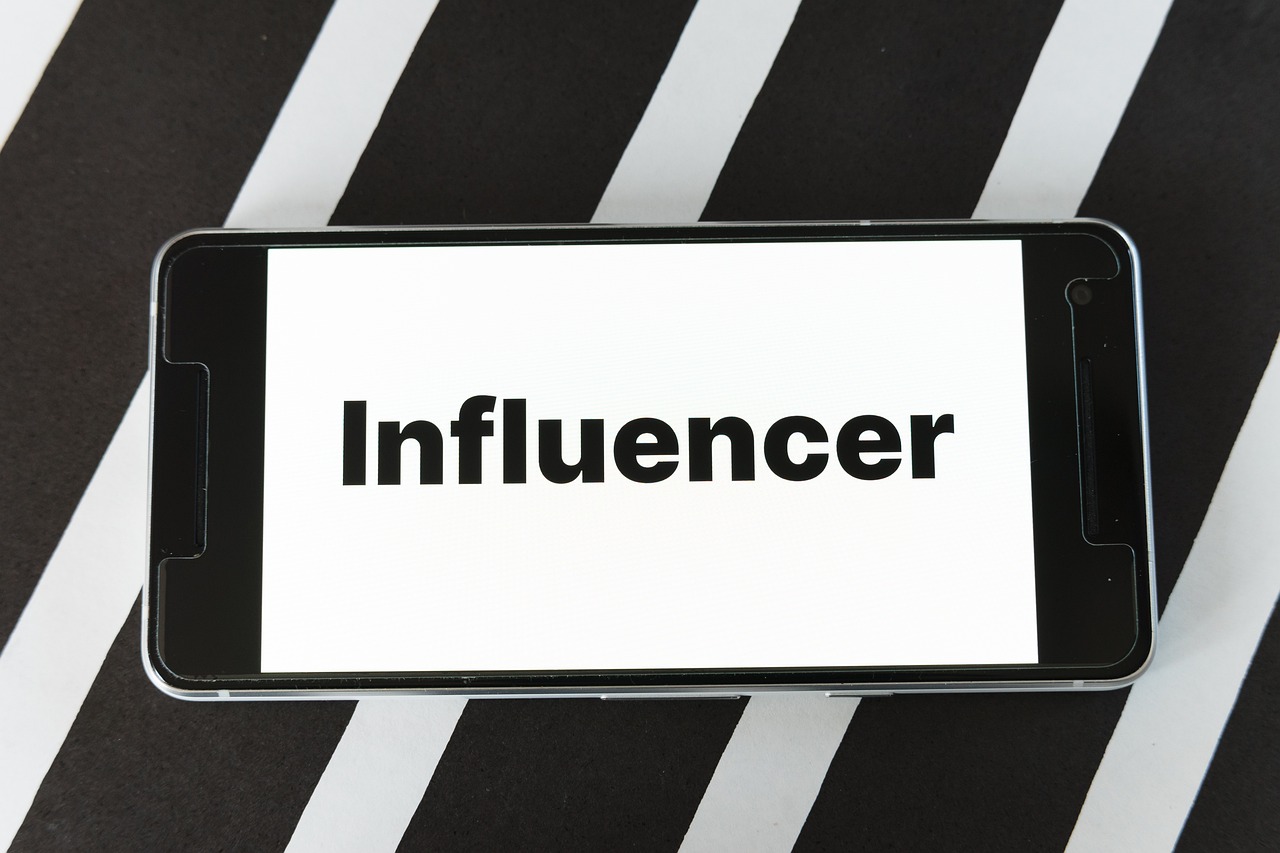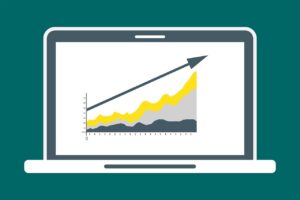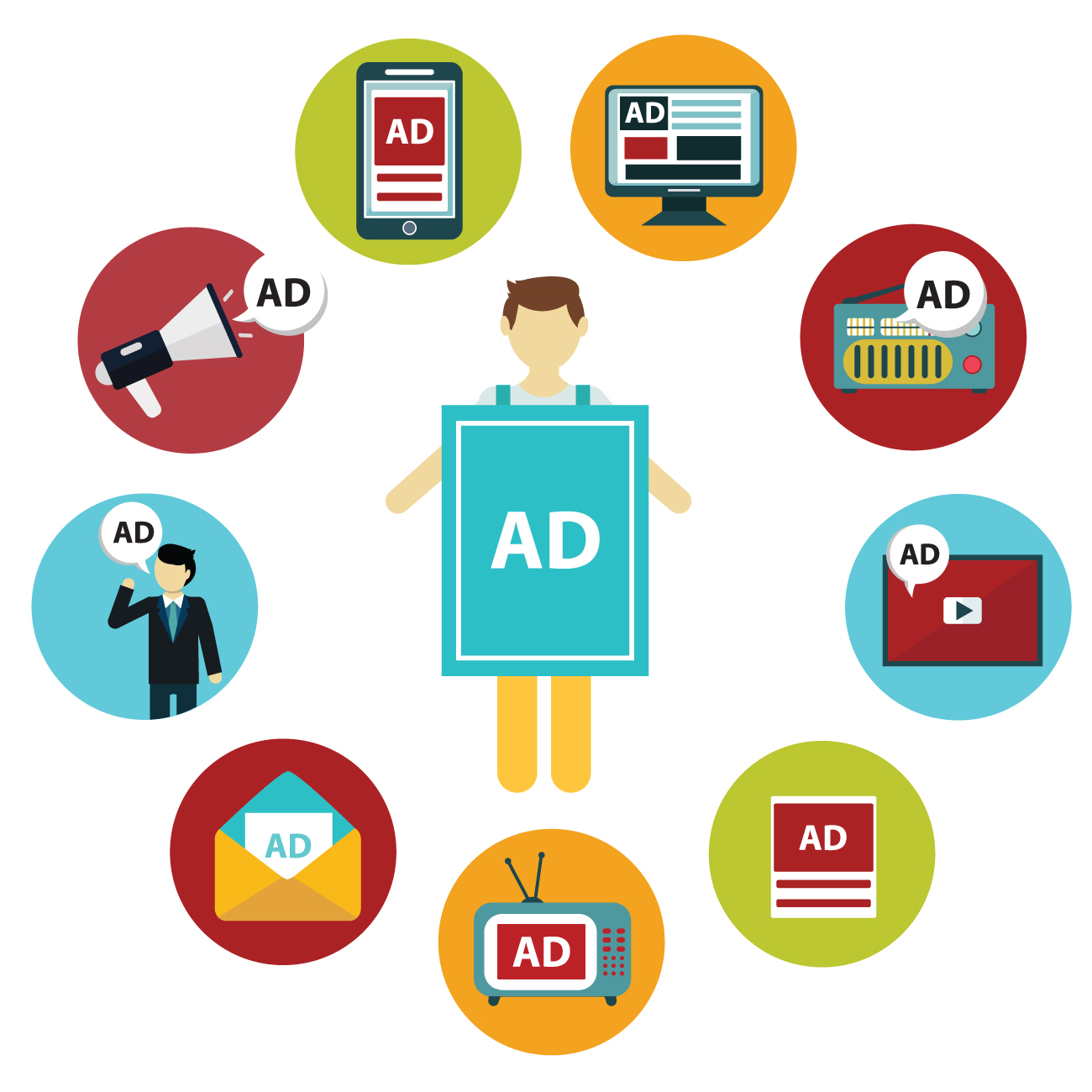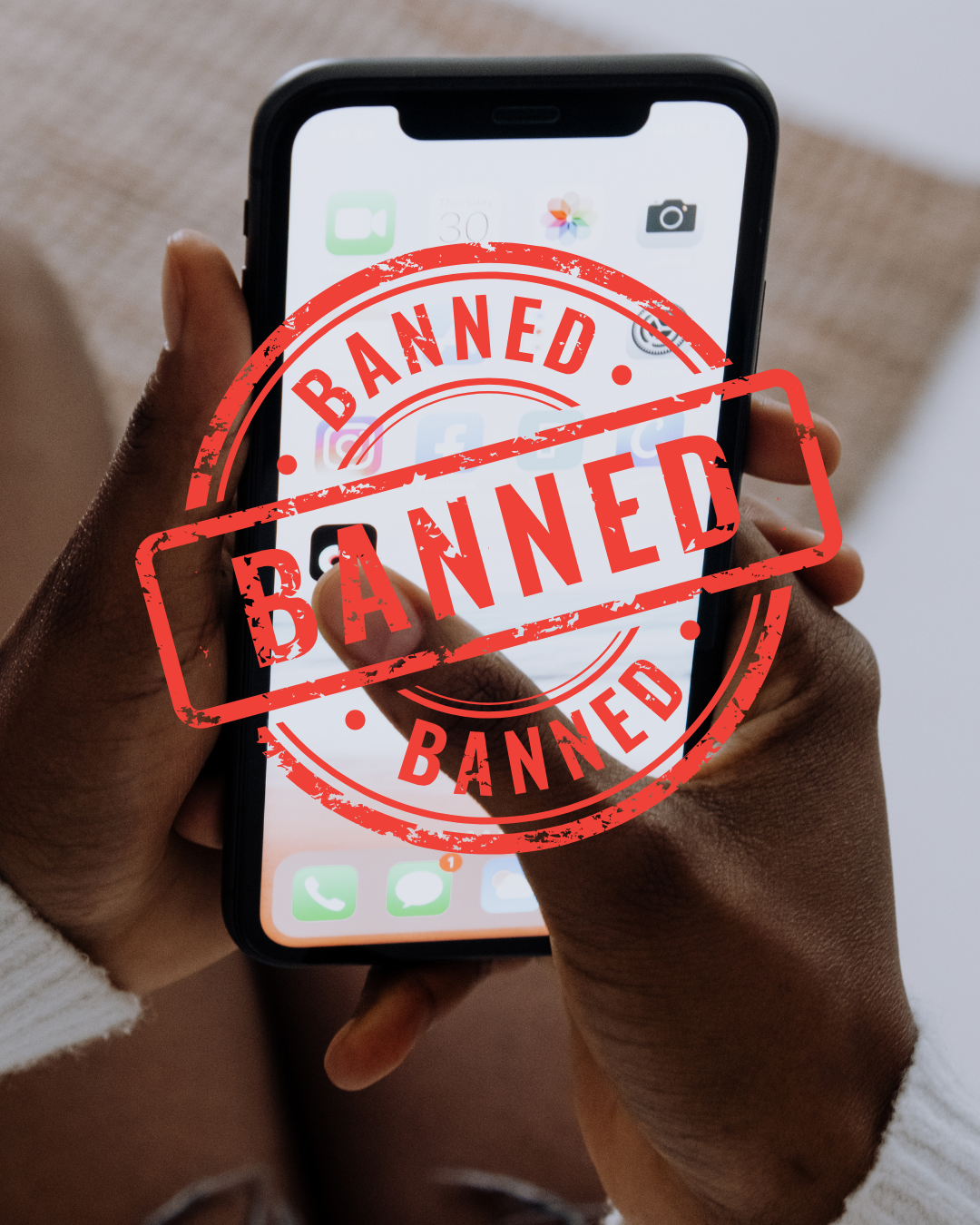When it comes to digital marketing, there’s no denying the fact that influencer marketing has become one of the top strategies for boosting brand awareness, interactions and sales with potential clients. But let’s be honest, influencer marketing has changed a lot from what it used to be. It’s no longer JUST about advertising using celebrities or higher tier influencers; it’s much more sophisticated and can be adapted for the specific requirements of a small business.
If you’re a small business owner who wants to take advantage of influencer marketing but don’t know how, or even if you already have influencers and want to improve the method, then this blog is for you. In this article, we are going to discuss how to utilize influencer marketing in 2025 in a way that optimizes ROI alongside attaining business milestones. Additionally, we’ll provide tips on how to launch effective campaigns without draining your resources.
What’s Changed in Influencer Marketing in 2025?
Before diving into strategies, let’s take a quick look at how influencer marketing has changed over the years and what’s shaping in 2025.
- Rise of Micro and Nano Influencers: Micro influencers (1,000 – 100,000 followers) and nano influencers (less than 1,000 followers) remain the main focus for a lot of brands in 2025. Unlike larger influencers or celebrities who have a wider audience, their results are often superficial, which is less appealing. Micro and nano influencers usually have a very tight-knit and loyal audience, which means they often get better engagement. This trend is especially useful for smaller businesses that may not have a lot of money to work with since these types of influencers tend to be more affordable and require less payment, often accepting products or services instead.
- Shifting to Authenticity: People don’t want to listen to fake advertisements. People want to feel as if what is being advertised to them is being advertised organically and not for monetary purposes. In 2025, brands will start to engage with influencers that actually believe in their products. This will enable the creation of novel and genuine campaigns which increase audience engagement.
- Integration of AI and Automation: With the rise of AI, applications that help brands identify, manage and analyze influencer brand partnerships have become much easier to access. Small businesses now have access to AI powered software that helps filter the ideal influencer, scales the campaign, and measures the results efficiently.
- Emphasis on Video and Live Streaming: Short form videos have become the most popular type of content, following TikToks, Reels and YouTube Shorts. Influencers now focus on creating genuine content in a story-telling format. Another rising trend is live streaming, which allows instantaneous interaction between the influencer and the audience, increasing the level of intimacy they both share. This is not to discredit long form contact as Instagram recently announced this is what they are striving to push more of.
- The Importance of Data and Analytics: It’s easier to evaluate influencer marketing today than in the past, which is a plus for small businesses, as they have access to data that can measure the results of your campaigns. Now, analytics tools can monitor engagement, site visits, and sales conversion ratios so businesses can understand what worked well for them or where they can do better.
Now that we have a snapshot of what influencer marketing looks like in 2025, let’s break down how small businesses can effectively tap into this powerful tool.
Step 1: Define Clear Goals for Your Campaign
The first step in an influencer marketing campaign should be to define goals that are clear and measurable. If you don’t define what results you are looking to achieve, you will end up spending money and time on influencer partnerships that do not work.
Are you hoping to:
- Increase brand awareness?
- Boost website traffic or sales?
- Generate leads or sign-ups?
- Strengthen brand loyalty and customer relationships?
Your goals will influence which types of influencers you partner with, the content they create, and how success looks to you. For example, if your aim is brand awareness, using influencers focused on marketing and promotion, even with low engagement rates, may be the right move. However, if you want to increase sales, you may find it more beneficial to work with micro-influencers who are persuasive and are more likely to get your business more personalized content.
Step 2: Select the Right Influencers 
Choosing the best influencers is vital for your campaign’s success. Small businesses often make the mistake of targeting influencers with huge followings, believing that more people will automatically lead to more success. As we discussed before, there is a shift to micro and nano influencers who possess a more targeted, engaged, and passionate audience to market to.
Here are a few things to consider when selecting the right influencer for your brand:
1. Relevance:
Check if the influencer’s audience matches your prospects. For instance, if you sell handmade eco-friendly skincare products, an influencer that specializes in sustainability or beauty will be a good fit.
2. Engagement over Follower Count:
More than the number of followers, the influencer’s engagement rate matters the most. An influencer with 10,000 engaged followers could work much better than one with 100,000 followers but barely any likes. Also, check the number of likes, comments, shares, and other interactions on their posts. Don’t be afraid to ask for their insights!
3. Authenticity:
Does the influencer post content that aligns with their belief system, or do they post for money? Authenticity is critical in 2025 so be sure to partner with influencers that share similar values and aesthetics as your brand.
4. Content Style:
Observe how an influencer engages and connects with their audience. Is their tone lighthearted, fun, or serious and professional? Whatever their style is, make sure it reflects your brand’s voice.
Tools like Upfluence, Heepsy, or BuzzSumo can help you search for influencers based on specific criteria, like industry, audience demographics, and engagement rates.
Step 3: Foster Long-Term Relationships with Influencers
In 2025, influencer marketing is moving away from one-off partnerships to focus on long-term collaborations. This is especially true for small businesses looking to capture a more authentic, community focused approach.
By working with influencers over an extended period, you can:
- Build Trust: Repeated exposure to the influencer’s audience helps to build trust and establish credibility.
- Create Better Content: Long-term partnerships allow for more in-depth content creation, as influencers can authentically integrate your products or services into their daily lives.
- Increase ROI: Consistency often leads to better results. You’re more likely to see a higher ROI when you have an ongoing collaboration rather than a quick one-time promotion.
For instance, you can send out many new products to your influencer when they’re launched, or have them share special offers only available for their followers. This not only helps to keep your brand present but also fosters more deeper interactions and trust with the audience.
Step 4: Be Creative with Campaigns
Influencer content is highly diverse, it is important to produce campaigns that are both engaging and authentic. Try motivating the influencer to enhance their content instead of asking them to post a standard photo with your product. Instead, you can ask an influencer to get creative and portray your product in a more enthusiastic way.
Some campaign ideas include:
- Tutorials & How-Tos: Influencers can demonstrate how your product works in a step-by-step video.
- Challenges or Contests: Partner with influencers to create a challenge that encourages their followers to interact with your brand (like sharing a photo using your product or completing a task related to your service).
- Behind-the-Scenes: Give influencers exclusive access to how your products are made, your company’s values, or other behind-the-scenes content to show the human side of your business.
As you may know, videos, and short videos in particular, are one of the best formats in 2025. Encourage influencers to create content on TikTok, Instagram Reels, or Youtube Shorts. The content created should be interesting, fun, and very shareable.
Step 5: Track and Measure Results 
One of the biggest advantages of influencer marketing in 2025 is the ability to track and measure your results with incredible precision. Although trying to check ROI was a challenging task in the past, today’s tools and platforms provide real time analytics which makes it simple as well as efficient.
Some key metrics to track include:
- Engagement Rate: Likes, comments, shares, and saves help to determine how well your content is resonating with the influencer’s audience.
- Click-Through Rate (CTR): If you’re promoting a specific offer or landing page, monitor how many people are clicking through from the influencer’s post.
- Conversions: Ultimately, the goal is to drive sales or leads, so track how many conversions (sales, sign-ups, etc.) are coming from the campaign.
- ROI: Compare the total amount you spent on influencer partnerships to the revenue or leads generated to determine your return on investment.
Using tools like Google Analytics, Influencer Marketing Hub, or Trackable can help you accurately assess the effectiveness of your campaigns and adjust your strategy as needed.
Wrapping Up: Influencer Marketing in 2025 for Small Businesses
In 2025, influencer marketing is much more engaging, genuine, and quantifiable than it ever has been. Small businesses can now utilize influencer marketing as a strategy to increase brand recognition, drive conversions, and build enduring relationships with the customers. There are many ways in which these small businesses can take advantage of influencer marketing, with the most effective one being collaborating with micro-influencers, and tracking metrics data to measure the effectiveness of the campaigns.
If you wish to grow your business online and have considered influencer marketing or other digital marketing avenues, OutRank Marketing is here to assist.






